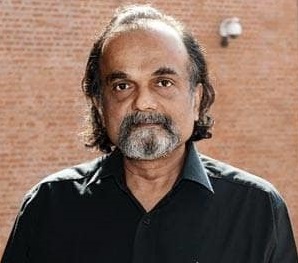During the eighties there have been stop-start attempts at liberalization and at policy change to give new direction to the economy which had been drifting ever since serious planning had been given up in the mid-sixties with the onset of the recession then. The period since then, right up to 1979, was one of slow growth. The eighties, with somewhat better growth, provided the confidence for change. In 1991 and 1992 the attempt by the Government to make a radical shift from the past in the direction of liberalization has no doubt been informed by the experience of the fast growing NICs of east and south-east Asia. The debate, that has followed the policy pronouncements, has been at cross purposes, and the ideological predilections of both parties, but particularly of the left has not helped the conduct of the debate. This paper examines some of the issues that have thus far been raised- possibility of India going the Latin American way, export pessimism, employment implications of liberalization, trade liberalization and the promotion of efficiency- and attempts to cast them in a way so that one could work towards conceptual clarity and possibly even empirical answers. It also raisse other issues for further discussion. One of the fresh insights offered is the notion of high speed growth and following from it, that of transformation rates, which the study argues has become the only way out of the current crisis of the Indian nation and polity. Land reforms (which gives the land to the actual tiller) becomes vitally necessary for the capitalist transformation of society. The immediate history of the very same NICs, besides the logic of industrial transformation in densely populated economies ensures this. The study also conjectures that the long period of slow growth in India has bred not only a growth pessimism among its elite, but many among them see it as hurting the poor.
Policy And The Problems Of Policy Change: Some Issues
Author : Sebastian Morris


